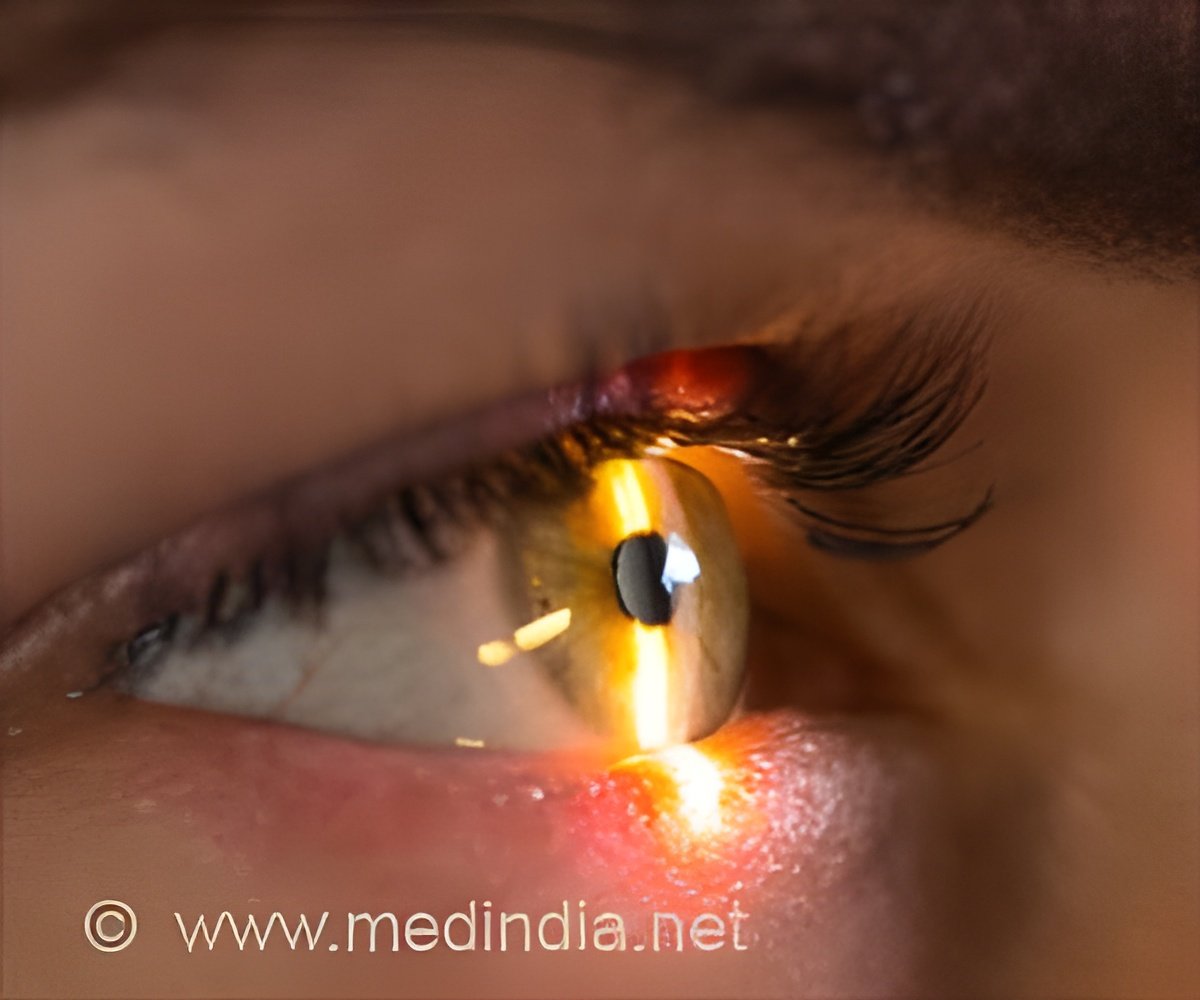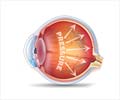Virtual/augmented reality devices can simulate some of the key difficulties experienced due to glaucoma, suggests new study from City, University of London.

‘Digital simulators allow people to experience some of the challenges glaucoma patients face every day.’
Read More..




The study, from the Crabb Lab, at City, University of London, suggests potential applications of the technology could include helping policymakers better assess the impact of visual impairment on patients, and helping architects to design more accessible buildings.Read More..
Twenty-two volunteers who did not have glaucoma took part in the study. Participants wore a HMD while performing various tasks in either virtual or augmented reality.
In the virtual reality task, participants were placed in a simulation of a typical, 'cluttered' house. Moving their eyes and head allowed them to look around it in order to find a mobile phone hidden somewhere in the house.
In the augmented reality task, participants navigated a real-life, human-sized 'mouse maze', which they viewed through cameras in the front of the HMD. Sensors in the HMD tracked the position of the participant's eyes, allowing the software to generate a blurred area of vision, known as a 'scotoma', that obstructed the same portion of their visual field, wherever they looked. The scotoma was created using medical data from a real glaucoma patient, and either restricted vision in the upper part of the participant's visual field, or in the bottom part. In 'control' trials the scotoma was absent.
Similar to real glaucoma patients, participants were slower to perform the tasks when the simulated impairment was present, and made more head and eye movements too. They likewise found the tasks particularly difficult when the vision loss obstructed the bottom part of their visual field. The results also showed how some people were better able to cope than others with an identical impairment.
Advertisement
First author of the study, Dr Peter Jones, Lecturer at the Crabb Lab, City, University of London, said:
Advertisement
The study is published in the online journal, npj Digital Medicine.
Source-Eurekalert






